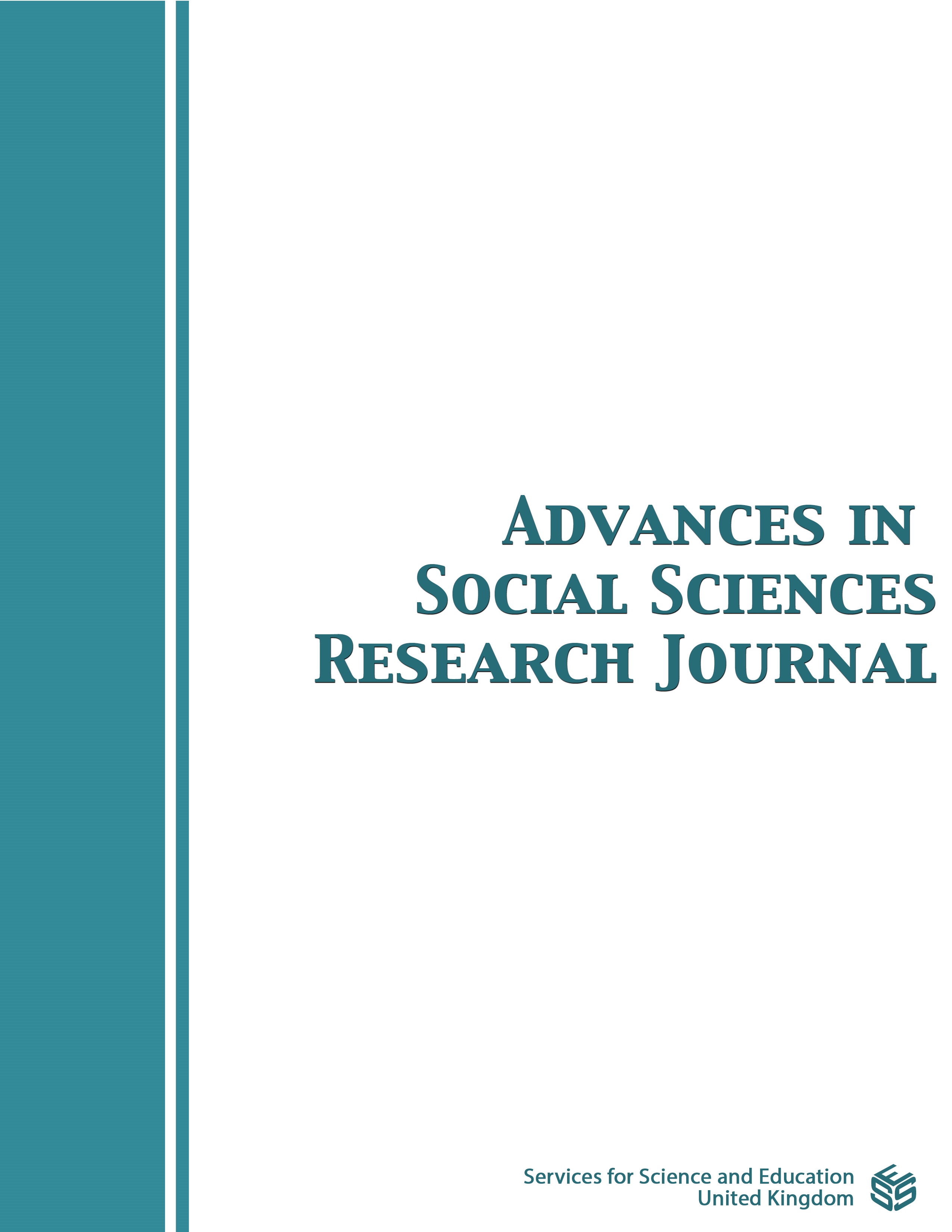Patterns of Cultural Interaction in Multi-Ethnic Societies in the Puriala Sub District, Konawe Regency of Southeast Sulawesi Province, Indonesia
DOI:
https://doi.org/10.14738/assrj.95.12378Keywords:
Interaction, Culture, Society, Multi-ethnic.Abstract
This study describes the patterns of cultural interaction in multi-ethnic societies in the Puriala Sub-district, Konawe Regency of Southeast Sulawesi Province, Indonesia. This research was qualitative. The data were collected through observation, in-depth interviews, and documentation. The technique of determining the informants in this study was done by a purposive sampling technique. The data in this study were analyzed using the following techniques: (1) data reduction, (2) data presentation, and (3) drawing a conclusion. The results of this study showed that multi-ethnic societies in the Puriala Sub-district, Konawe Regency of Southeast Sulawesi Province have a diverse culture in each ethnicity, namely Tolaki ethnic has a kalo/kalosara culture and lulo dance, the Java ethnic has a slametan culture and the art of ebeg dance, Sunda ethnic has marriage and slametan culture, and Bugis ethnic has an antama balla and wedding culture. The patterns of cultural interaction in the Puriala Sub-district, Konawe Regency of Southeast Sulawesi Province are (a) Language; in each implementation of the dominant society, culture affects the language in terms of its dialect. (b) Religion; in the continuity of cultural events, each one remains tolerant of attending cultural events such as weddings according to their respective customs, and (c) Culture; in the cultural system of marriage, the dominant society influences each other by following customs both from the implementation process and the clothes are worn by the community. imposed.
Downloads
Published
How to Cite
Issue
Section
License
Copyright (c) 2022 Abdul Alim, Entin Haryanti, Nasruddin Suyuti, Bahtiar, La Ode Dirman, La Aso

This work is licensed under a Creative Commons Attribution 4.0 International License.
Authors wishing to include figures, tables, or text passages that have already been published elsewhere are required to obtain permission from the copyright owner(s) for both the print and online format and to include evidence that such permission has been granted when submitting their papers. Any material received without such evidence will be assumed to originate from the authors.






